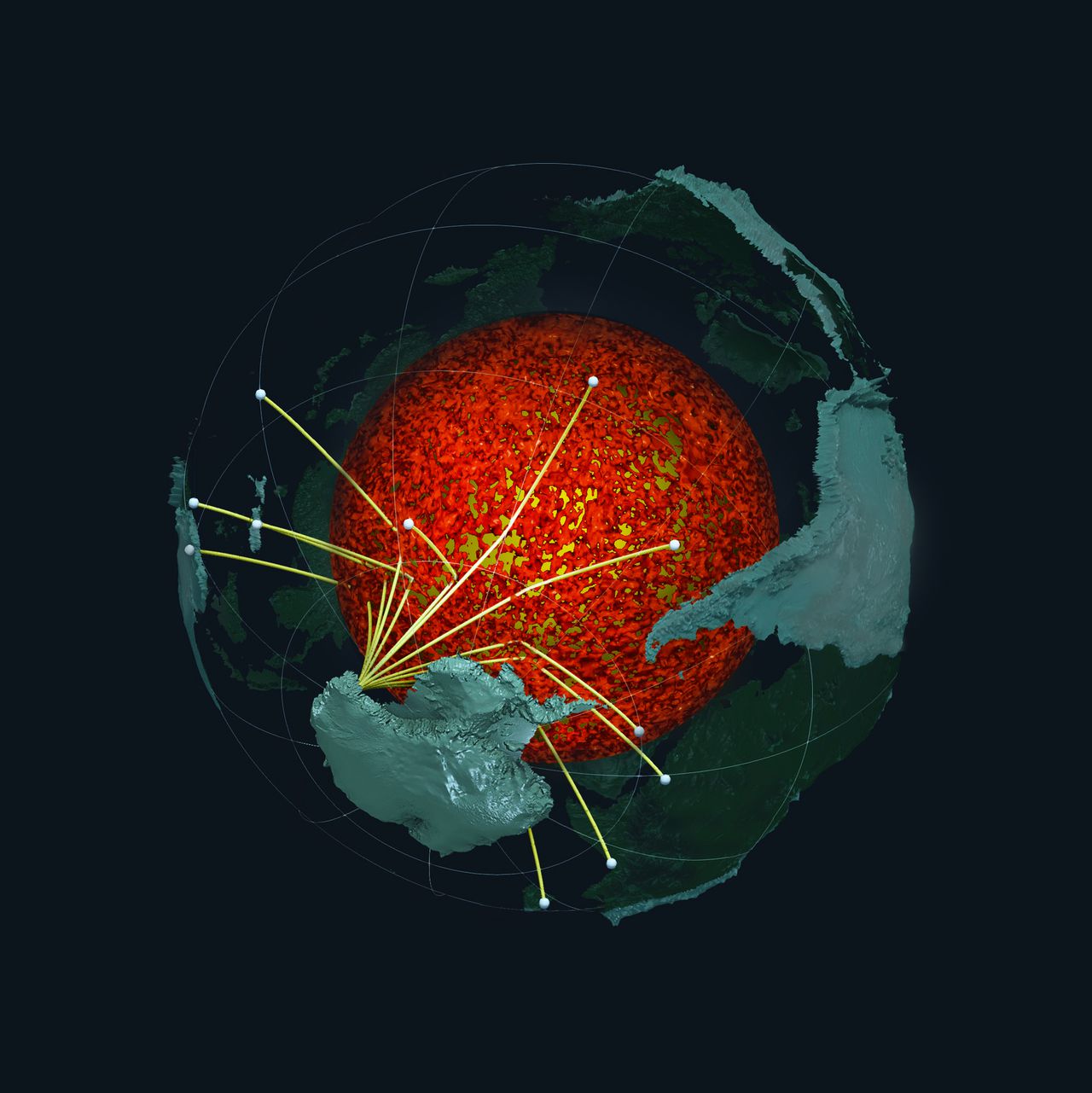Alabama researchers say sunken ocean floor surrounds Earth with major impacts
Research led by the University of Alabama has found a new layer between the Earth’s core and mantle – a sunken ocean floor – that may play a key role in how heat escapes the core itself.
“We are finding that this structure is vastly more complicated than once thought,” said UA geological sciences professor Dr. Samantha Hansen, one of the research paper’s co-authors.
The research found variations of the material’s thickness “from a few kilometers to 10′s of kilometers,” said co-author Dr. Edward Garnero from Arizon State University. The findings were published Wednesday in the journal Science Advances
Hansen’s three years of seismic research used 15 stations buried in Antarctica like a “medical scan of the body,” the University of Alabama said. Those stations sent sound waves toward the boundary of the core and mantle. What came back was “unexpected energy,” the university said.
The area of research is “roughly 2,000 miles below the surface” where “Earth’s rocky mantle meets the molten, metallic outer core,” the research report says. And the changes “in physical properties across this boundary are greater than those between the solid rock on the surface and the air above it.”
Hansen, students and other researchers made four trips to Antarctica to collect data over three years. It was “similar to a medical scan of the body,” according to a university news release, and it focused on the core-mantle boundary.
“Analyzing 1000′s of seismic recordings from Antarctica, our high-definition imaging method found thin anomalous zones of material at the (core-mantel boundary) everywhere we probed.” Garnero said. “The material’s thickness varies from a few kilometers to 10′s of kilometers. This suggests we are seeing mountains on the core, in some places up to 5 times taller than Mt. Everest.”
